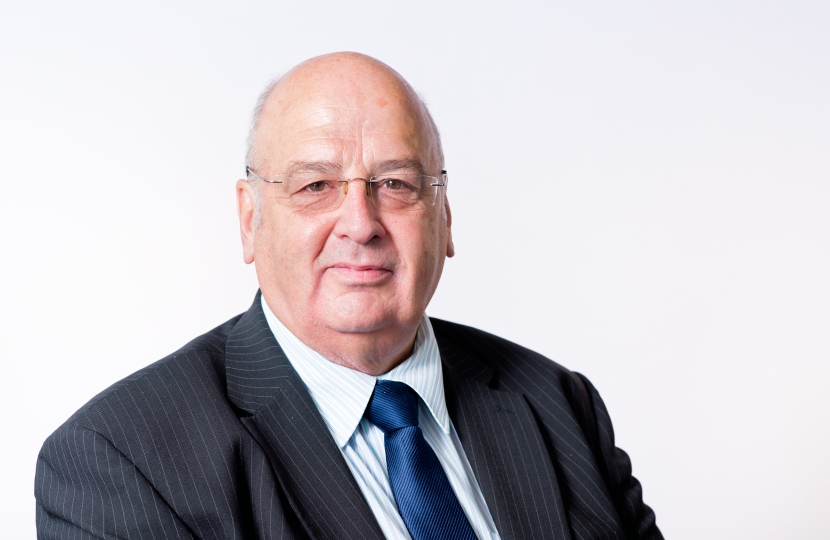
In his annual speech in May last year, Leader of Suffolk County Council, Matthew Hicks, announced that he was creating a new cabinet position as portfolio holder for Economic Development, Housing and Enterprise, I was fortunate enough to be chosen to take on this vitally important role for our county.
Of course, districts and borough councils are still responsible for the strategic issue of housing in Suffolk. The decision by SCC to appoint a housing cabinet member in no way challenges this and we will continue to work closely with our partners in the districts and boroughs on their local plan creation and setting.
So why has SCC created this new portfolio?
I think it is often a surprise for people when they hear about how much land Suffolk County Council owns. The fact is Suffolk County Council owns and is responsible for 12,500 square acres of land, making us the third largest landowner in the county. Most of this land is already being used productively for the benefit of Suffolk, including as county farms, highways depots, some schools and council offices providing essential services to the whole of Suffolk. But there is scope for some of our land to be considered for sustainable housing development.
So, it might be easier to consider Suffolk County Council, in this new role, as a landowner rather than as a local authority. Everything we decide will still be subject to the same planning and legal requirements as any other development.
I want to be clear; this isn’t about building homes on every square acre of our land. Firstly, that isn’t even possible as much of our land would be totally unsuitable for housing development anyway. Secondly, we recognise the real value in a mixed land use portfolio. County Farms, green spaces, schools and transport hubs all have a value of their own. The upcoming approach to our land management will be to examine the current balance of our land portfolio and identifying opportunities to explore other uses, like new housing developments.
Any housing we are responsible for developing, or enabling, must include an element of affordability, be environmentally sustainable and created to address the local housing challenges identified by districts and boroughs. I completely understand the unique and special place the landscape of Suffolk has and that we recently declared a climate emergency. This means our new approach becomes more about balancing the challenges around possible developments, alongside the need to protect and enhance local environments. Every opportunity will have to have a compelling business case to even be considered for this reason.
Finally, the most important part of my new role is to drive forward the idea of creating real social value where housing development options are identified.
Social value can be thought of as the non-financial added extras enjoyed by the community as a direct result of development. Ideas to boost social value aren’t added as an after-thought and must be considered and included early in the decision to develop a piece of land.
Social value can only really be understood by working closely with local residents and parish councils to identify what they feel their community is missing or what they feel would add social value. It doesn’t mean large expensive projects either. It might be a small area of land left to grow wild, a small seating area or piece of community art.
Whilst we have a duty to ensure that we maximise the financial value of our land, especially where we take the decision to sell it on the open market, I strongly believe we have a duty to prioritise the social value we can generate on our land to the benefit of local communities. I am committed to ensuring that this is a priority for my portfolio moving forwards.
Nothing about housing happens quickly, so I am not announcing any new developments today, but I’m glad that Suffolk County Council is now on a new path with regards housing and more importantly our land and asset management. This is definitely the start of a long journey, but one which has many exciting outcomes for Suffolk.

